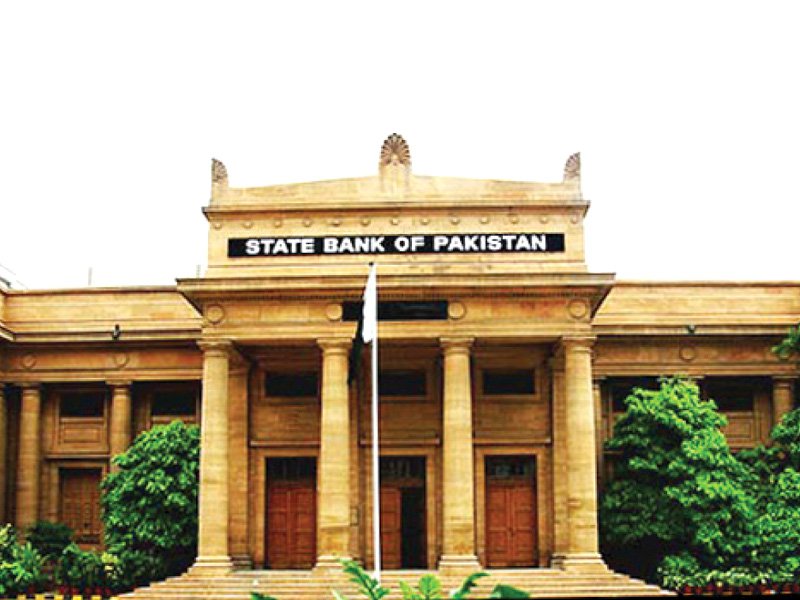KARACHI – The State Bank of Pakistan has announced the designation of Domestic Systemically Important Banks for the year 2023 under the Framework for D-SIBs notified in April 2018.
According to a statement issued on Wednesday, SBP has carried out the annual assessment based on banks’ financials as of December 31, 2022.
As per the assessment, three banks namely National Bank of Pakistan, Habib Bank Limited and United Bank Limited have been designated as D-SIBs for the year 2023.
These banks will have to follow additional Common Equity Tier-1 (CET-1) capital requirements, in addition to implementing the enhanced supervisory requirements:
NBP, HBL and UBL will require maintaining additional CET-1 of 2.5%, 1.5% and 0.5% respectively.
Besides, branches of Global-Systemically Important Banks (G-SIBs) operating in Pakistan will be required to hold additional CET-1 capital against their risk-weighted assets in the country at the rate as applicable on the respective principal G-SIB.
The framework introduced by the SBP is consistent with international standards and global best practices and takes into account the local dynamics.
It specifies the methodology for the identification and designation of D-SIBs, enhanced regulatory and supervisory requirements and implementation guidelines for D-SIBs. The enhanced requirements aim to further strengthen the resilience of the systemically important banks against shocks and augment their risk management capacities.
The identification of D-SIBs involves two-step process. In the first step, sample D-SIBs are identified each year based on the quantitative and qualitative criteria. In the second step, D-SIBs are designated from amongst the sample D-SIBs based on institutions’ composite systemic score in terms of their size, interconnectedness, substitutability and complexity.










